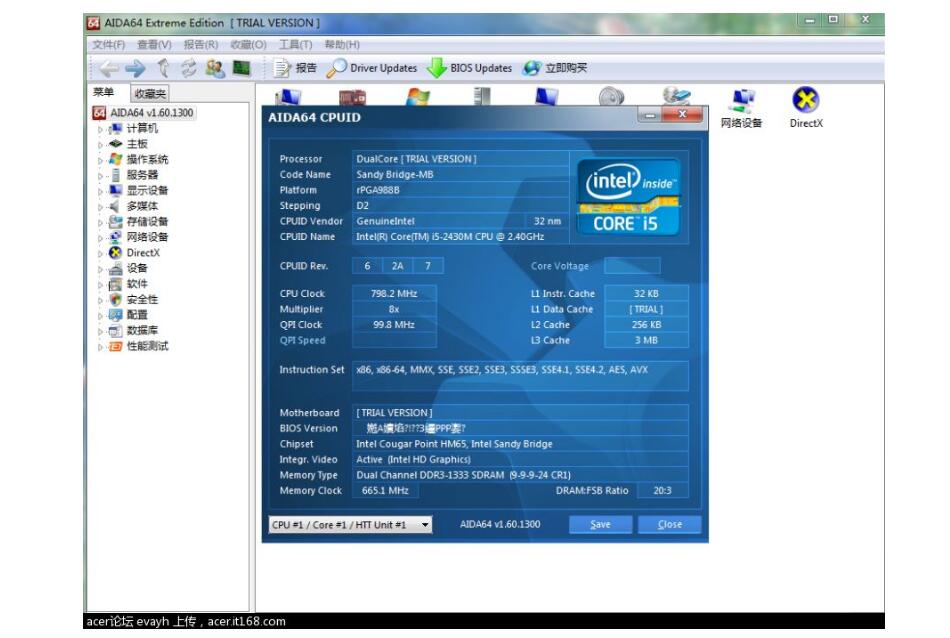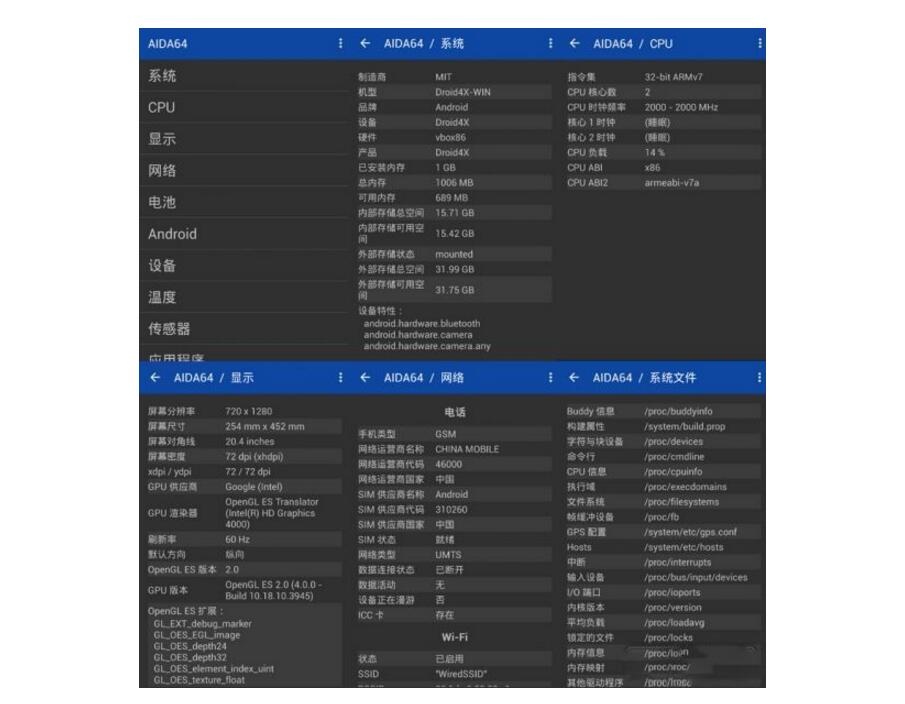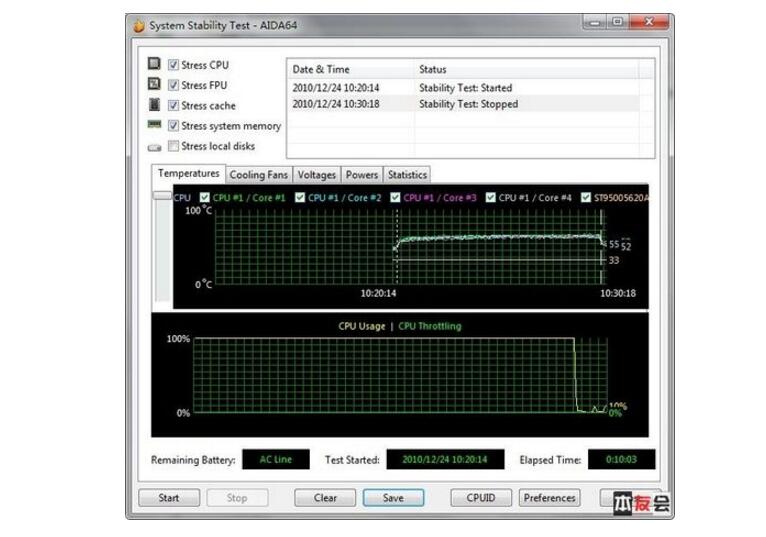EVEREST (formerly known as AIDA32) is a tool for testing software and hardware system information. It can display detailed information on every aspect of the PC. Supports thousands of (3400+) motherboards, supports hundreds of (360+) graphics cards, supports detection of PNP devices such as parallel/serial/USB, and supports detection of various types of processors.
AIDA64 is a tool for testing hardware and software system information. It can display every aspect of the PC in detail. AIDA64 was formerly: EVEREST. In the 16-bit system, EVEREST was called AIDA16. Later, with the arrival of 32-bit technology, it was renamed AIDA32, and then changed its name to become EVEREST again. Its developer, Lavalys, has been acquired by FinalWire. It has also changed its name to AIDA64 once again. It is a return to tradition and embraces 64-bit technology. The program icons are all big “64â€, but EVEREST will not updated.

FinalWire has a long history. In 1995, it launched its first system diagnostic test tool, ASMDEMO, and it is determined to make AIDA64 a new benchmark in the 64-bit multi-core era.
The FinalWire Company of Hungary announced the formal completion of the acquisition of the original Lavalys EVEREST related assets. Since November 19th last Friday, the development of the EVEREST software product line has stopped and gave way to the new generation of AIDA64 software. FinalWire will integrate the technologies and customers of the two companies to ensure a smooth transition.

AIDA64 is a tool for testing hardware and software system information. It can display detailed information on every aspect of the PC. AIDA64 not only provides a variety of functions such as assisting overclocking, hardware debugging, stress testing, and sensor monitoring, but also provides a comprehensive evaluation of processor, system memory, and disk drive performance.
AIDA64 is a simplified Windows diagnostics and benchmarking software for home users. AIDA64 offers a wide range of features to assist in overclocking, hardware error diagnosis, stress testing, and sensor monitoring. It has the unique ability to evaluate processor, system memory and disk drive performance. AIDA64 is compatible with all 32-bit and 64-bit Microsoft Windows operating systems, including Windows 7 and Windows Server 2008 R2.

CPU Queen is to test the CPU's branch prediction capabilities, as well as the performance impact of predicting errors. For CPUs with the same main frequency, shorter processing pipelines and more accurate prediction capabilities are even higher in this score. Therefore, it can be seen that not the higher the CPU frequency, the better the CPU performance. This score can reflect the true performance of the CPU, so that everyone can no longer blindly pursue high clock frequency when choosing the CPU.
The CPU PhotoWorxx focuses on the CPU's integer computing capabilities, multi-core computing capabilities, and computing power related to memory bandwidth, using analog digital image processing to evaluate CPU performance. This test requires frequent and large amounts of memory access operations, so this test not only requires high processor requirements, but also has high memory speed requirements. For people who are using video processing, such as video compression and video conversion, the higher the score, the better.
CPU ZLib is another test for CPU integer arithmetic, using the Zlib compression algorithm to calculate the CPU's ability to process compressed files. If you are more demanding the CPU's ability to compress and decompress files, you can take a look at this score.
CPU AES is an encryption calculus test that reflects the performance of the CPU when performing AES encryption algorithms. This test is mainly aimed at some web servers, such as the command server, which will perform frequent encryption and decryption operations. The level of this score is particularly important.
CPU Hash is a test that uses the SHA1 hashing algorithm to reflect CPU integer arithmetic capabilities.
The FPU VP8 uses the Google VP8 video codec to test the processor's video compression capabilities.
FPU Julia uses Julia's fractal geometry to evaluate the CPU's single-precision (32-bit) floating-point computing capabilities.
FPU Mandel uses the Mandelbrot fractal geometry to evaluate the CPU's double-precision (64-bit) computing power.
FPU SinJulia uses modified Julian fractal operations to evaluate CPU's extended precision (80bit) floating-point computing capabilities.
FPU Julia, FPU Mandel, and FPU SinJulia are all tests of the floating-point capabilities of the CPU. These tests measure the CPU's performance in the game.
Indoor Patch Cord,Armored Patch Cord,Simplex Armoured Patch Cord,Duplex Armoured Patch Cord,Outdoor Duplex Armoured Patch Cable
ShenZhen JunJin Technology Co.,Ltd , https://www.jjtcl.com